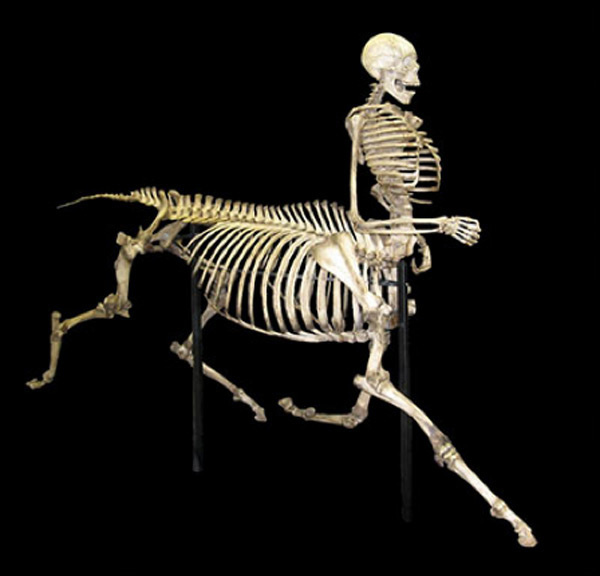Laurie's Blogs.
Aug 2017
Physical Therapy & Discs

Treating animals with disc lesions using physical therapy manual techniques (mobilizations or traction) is often met with concern by non-rehab veterinarians. However, it is common-place in human practice. Mechanical and neurophysiological effects have been the rationale for utilizing manual therapy interventions for patients with low back pain.
A recent review paper looked at the physiological effects of physical therapy interventions, including manual therapy and traction, on the intervertebral discs (IVD), and these findings may have implications for the long-term management or even prevention of low back pain.
Mitchell UH et al. Physiological effects of physical therapy interventions on lumbar intervertebral disc: A systematic review. Physiother Theor Pract. July 2017: 1 – 11. [Epub ahead of print].
The reviewers found 8 clinical studies that assessed the influence of physical therapy interventions on the intervertebral disc (IVD). Three studies, including two using animal models, investigated the effects of 30-minute intermittent traction on disc height. One in vivo animal study and two studies using human subjects assessed changes of disc height associated with static traction. Three studies investigated the effects of lumbar spine manipulation and mobilization on changes in water diffusion within the IVD. All studies confirmed, either directly or indirectly, that their respective intervention influenced disc physiology primarily through water flow.
In regards to manual therapy, traction (static and intermittent) provided benefits, as did manipulations (high velocity) and mobilizations (low velocity) techniques. It all works!
Well, hot damn! Since we already know that manual therapy helps with pain modulation via neurophysiological effects, this paper shows that there is a mechanical influence as well whereby disc height is improved as a result of water flow into the disc.
All in all, this review paper can help to validate what we do and the clinical effectiveness we see, and provide information as to the mechanism for why the technique are effective. I also love that two of the studies used were animal studies… and those are ‘good enough’ to validate what we do in humans, so why can’t they be good enough (along with the 6 other human studies) to validate using the same techniques with our canine patients? (Pigs and rats were the subjects in the two animal studies.)
Get out there and move those spinal joints!
Until next time… Cheers! Laurie


